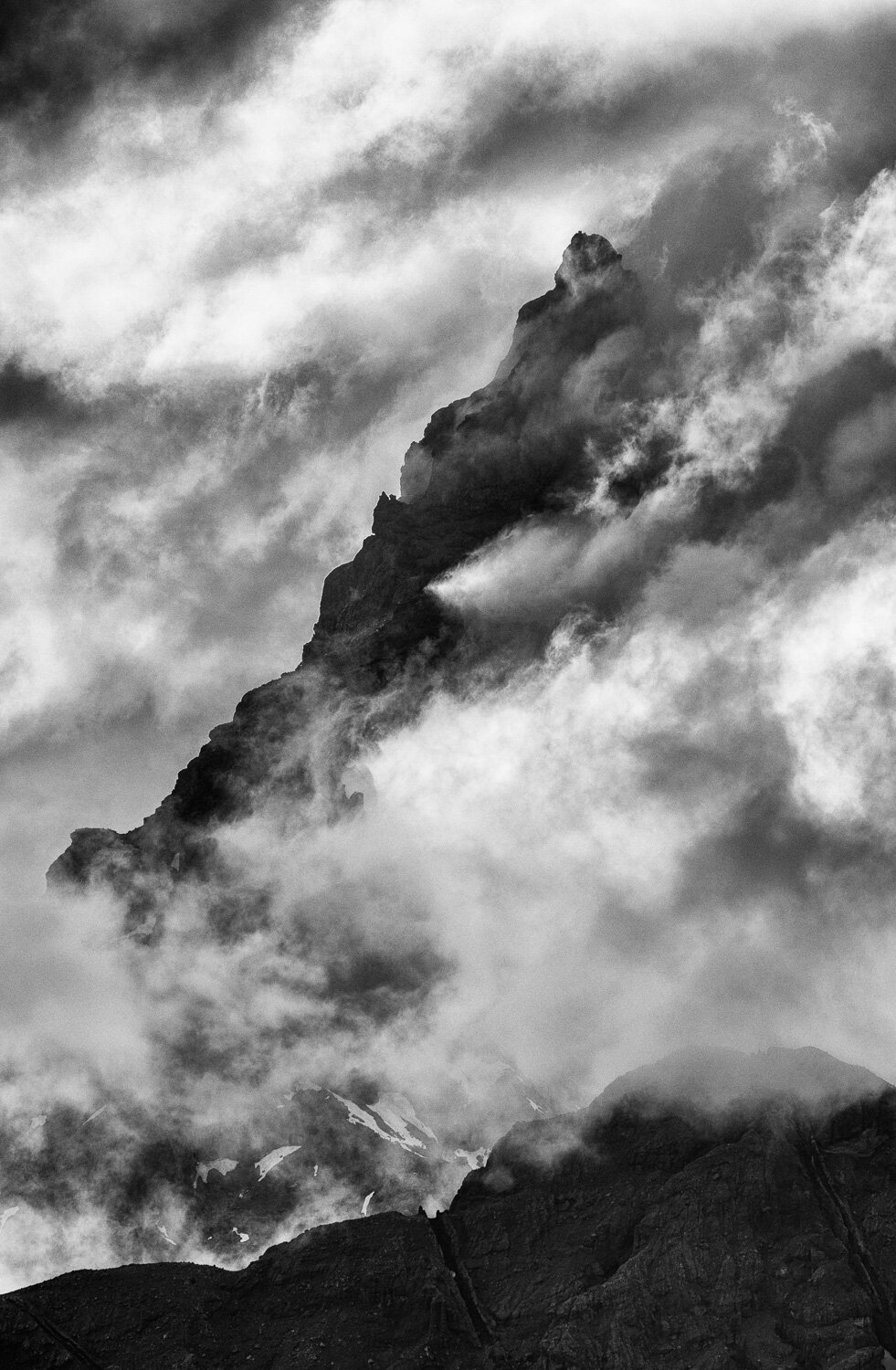along the same lines of the color filters discussed previously, many software packages have the ability to lighten or darken tonality of colors, which in turn darkens or lightens the gray tones produced when converting to black and white. one can use these tonal adjustments to add or remove contrast based on color tones in the original image. care must be taken as these tonal adjustments are global throughout the image.
Read Moremonochrome
contrast in black and white - part 2
this extended look into contrast focuses on the color filter(s) as a method of adding contrast to our images. a color filter in software is equivalent to adding a color filter to the front of your lens in the old-school (or current) film days. color filters disallow certain colors from coming into the black and white conversion and essentially lighten or darken certain colors. it is in this way we can wisely add contrast to our black and white images.
Read Morean introduction to contrast in black and white images
this blog post concentrates on what contrast is in an image. we’ll discuss what more contrast looks like in an image vs less contrast, and briefly touch on how to add contrast into an image. we’ll also get to see the tone curve in lightroom as an example of adding or removing contrast in an image.
Read Morehow i do black and white - step 1
in this blog post, i detail how i make a black and white image from a color image. this can apply to either digital or film images, but is the method i use most often for digital images.
Read Morea golden aspen during the peak aspen colors in the fall in colorado
black and white or color?
a common question i see is, “does this work better as color or black and white?'“ and my personal response is typically, what are you trying to say with the image? black and white is usually about shape, form, line, contrast and texture. color is usually about…well, um…color. this blog post digs into the details of black and white vs. color, and why and how i choose one or the other.
Read More


